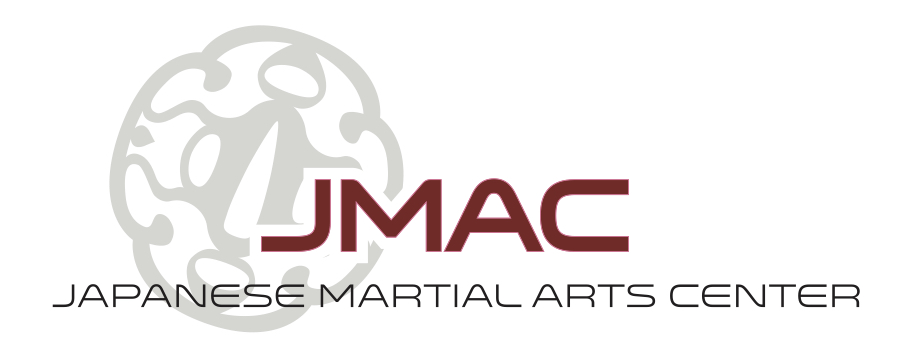Ann Arbor Martial Arts
Ann Arbor - Martial Arts Mecca
For the prospective martial arts student, Ann Arbor is a mecca in the Midwest. More than any other location in Michigan, Ann Arbor has a wide variety of martial arts styles taught by many well respected sensei (teachers). You can find training opportunities at community centers, college and university gyms, health clubs, and dojo (training halls). Among the styles available are: aikido, iaido, judo, jujutsu (also called jujitsu), karate, kendo, kung fu, MMA (mixed martial arts, sometimes called BJJ) tae kwon do, tai chi, and several westernized martial arts systems.
- Aikido
- Iaido
- Judo
- Jujutsu
- Karate
- Kung Fu
- MMA
- Tae Kwon Do
- Tai Chi
Aikido
Aikido is a martial arts descended from jujutsu. It involves joint locks, throws, takedowns, and pins. The philosophy of aikido is a peaceful one - to use the attackers energy to neutralize his or her attack without causing injury.
Iaido
Iaido is Japanese sword drawing. It was created by the Samurai to defend against surprise attacks by an armed opponent. Most iaido involves the practice of pre-arranged forms, which are excellent tools for training the body, improving concentration, and entering into a meditative state. Iaido is one of the martial arts taught at the Japanese Martial Arts Center.
Judo
Judo is both a martial art and an Olympic sport. It includes throws, pins, joint locks, and chokes. It is among the most vigorous of martial arts and is very popular with children as well as adults. The Japanese Martial Arts Center offers classes in judo for children as young as 6 years old, and for adults (starting at age 16).
JuJutsu (Jujitsu / Jiu Jitsu)
Jujutsu - which is also written "jujitsu" and "jiu jitsu" - is the ancestor martial art of aikido. Although it includes many of the techniques found in aikido, as well as many more combative techniques that did not find their way into aikido, the philosophy in jujutsu is more practical. Techniques are applied more directly, with a greater emphasis on pain compliance. The Japanese Martial Arts Center offers classes in jujutsu for adults starting at age 16.
Karate
Karate involves mainly strikes, kicks, and blocks. It was originally developed in the Ryukyu Islands (now Okinawa), and was later exported to Japan before finding its way around the world. Karate is an excellent martial art for those who prefer striking, and helps develop physical strength, stamina, and confidence.
Kendo
Kendo is a sport descended from Japanese swordsmanship. In Kendo, participants wear padded armor and attempt to score points by striking vital points with bamboo swords called "shinai." Practice is fast paced, involves much spirited shouting, and is a lot of fun. The Japanese Martial Arts Center offers a kendo workshop to its iaido students to supplement their understanding of swordsmanship.
Kung Fu
Kung Fu is a Chinese martial art that actually includes many sub-styles. Like karate, kung fu involves strikes, kicks, and blocks, but also includes many esoteric motions that can be applied to take down or otherwise defeat an opponent. Kung fu often appeals to imaginative people because of the many references to animal forms, but it is also a very challenging and practical martial art.
MMA (Mixed Martial Arts)
MMA (mixed martial arts) or BJJ (Brazilian jujutsu) refers to a modern competition-based collection of techniques. Most MMA schools teach striking as well as grappling. Although not a traditional martial art - and thus lacking many of the character development and spiritual aspects of ancient Asian arts - MMA is nevertheless a fantastic form of exercise and a lot of fun. Because many MMA fighters have employed judo and jujutsu successfully, the Japanese Martial Arts Center offers private instruction to top-level competitors (requires approval from our Director).
Tae Kwon Do
Tae Kwon Do is the Korean counterpart to Japanese karate. As a striking art, it includes punches, kicks, and blocks, but typically Tae Kwon Do emphasizes more kicking than does karate. Competition (usually for points rather than full contact) is very common among Tae Kwon Do practitioners. It is an excellent form of exercise, but seems more susceptible to commercialization than more traditional arts such as aikido and iaido.
Tai Chi
Tai Chi is another form of Chinese martial art. It is usually taught with slow, controlled movements and deep stances. There are many health benefits associated with Tai Chi, including strong bones, cardiovascular health, and calmness.
Getting Started with the Martial Arts
If you are considering taking up martial arts, you are likely to find many superb opportunities in and around Ann Arbor, including outlying cities such as Brighton, Canton, Howell, Northville, and Plymouth. Students from the University of Michigan, Eastern Michigan University, Washtenaw Community College, Cleary College, and even Michigan State University, have supplemented their educations with martial arts and found that the physical activity helps them concentrate on their studies. Naturally, we think the Japanese Martial Arts Center offers the best programs in Michigan, but we encourage you to look around to find the martial arts club or school that best meets your needs.
